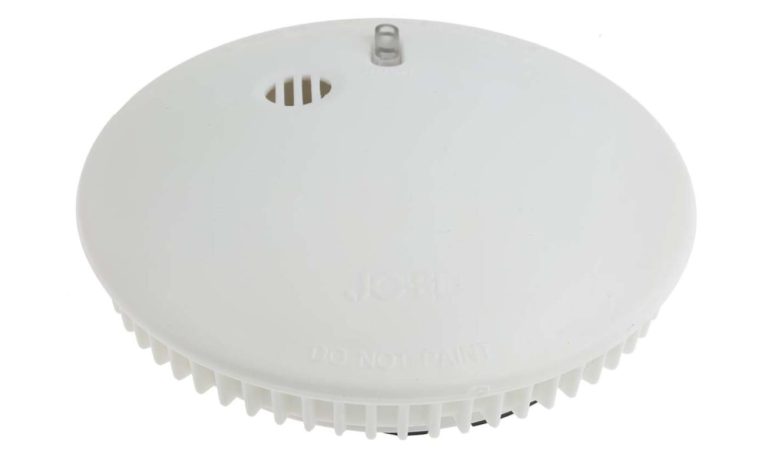Smoke Alarm Tips for Home & Workplaces

Smoke alarms are one of the most important aspects of fire safety. These devices can sense when there’s a fire or smoke and give you an early warning to deal with it or evacuate the premises. However, for them to be effective, they need to be used and maintained properly.
Below are some tips to enhance your use of smoke detectors and improve fire safety.
Test with Detector Testers
Most smoke detectors come with a button you can press to test whether the alarm working. However, most people don’t understand that these buttons only test the alarm part of the detector, not the detection chamber. This means that the button will only let you know whether the batteries and alarm are okay. Disregarding the detection chamber.
For comprehensive testing, use a smoke detector tester. These are fire safety tools that test a smoke detector by simulating smoke particles. In most cases, they do this by enclosing the smoke detector with a transparent cup and then emitting an aerosol whose particles behave like smoke particles. This means that the detection chamber will interpret the aerosol as smoke and trigger the alarm.
There are different types of detector testers, and the one you choose should depend on the detection method used by your smoke detector. For example, if you have a heat detection alarm, you should use a heat detector tester.
Choose the Right Type of Smoke Alarm
Smoke alarms are used in different places of the home or workplace. These places have different types of hazards and often have different environments. This means that you need to have the right type of smoke detector in the different areas to increase the effectiveness of detection and reduce false alarms.
Below are the main types of fire detectors:
- Ionization smoke detectors: These detectors use a radioactive material to create a charge between two plates. When smoke enters the chamber, the ionization is disrupted, triggering the alarm. Ionization-based detectors are more suitable in environments where fires might start quickly and burn rapidly. However, they are prone to false alarms from non-fire-related smoke, such as cooking steam.
- Photoelectric smoke detectors: These detectors use an LED light source and a light sensor positioned at a right angle within a sensing chamber. This light typically doesn’t reach the sensor due to the angle. But when smoke enters, it scatters the light and directs some of it to the sensor, triggering the alarm. These detectors are more suitable for smouldering fires that produce large particles of smoke.
- Heat detection alarms: Instead of detecting smoke, these alarms are triggered when there’s a sharp increase in temperature or when the temperature reaches a certain point. They may not provide early warning for smouldering fires. But they work well in areas with high levels of dust, dirt, or fumes that can trigger false alarms in ionization smoke detectors.
Before you set up any smoke alarm, it’s important to ensure it’s the right one. For example, heat detectors can work better in the kitchen as they need higher levels of temperature than cooking temperature, so they are not prone to false alarms. Photoelectric detectors, on the other hand, are suitable in areas that contain mattresses. furniture that can smoulder and produce large smoke particles.
Interconnect Your Smoke Alarms
The majority of fire fatalities usually happen in a different room than the one where the fire started. This is because even if you have an alarm in the basement, you may not hear it when you are in the bedroom.
This makes it important to interconnect all your smoke and carbon monoxide alarms. When you do this, all alarms in the house will go off when one of them goes off. This means that you can know about a fire in a different room early enough to evacuate. Interconnection is possible for both hardwired and wireless alarms, and it greatly helps enhance fire safety at home and in the workplace.
